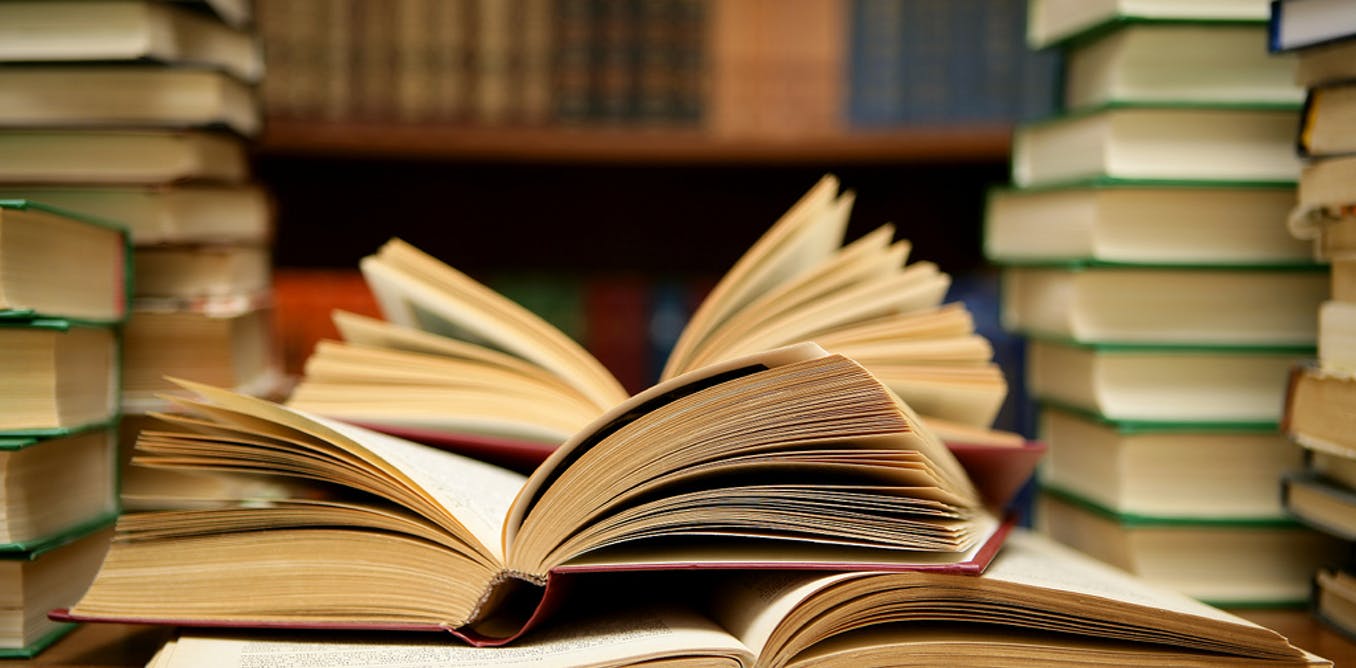
Covid-19 has posed several unanticipated challenges for the education sector in countries like Pakistan where vast numbers of students are now at risk of falling behind. Pakistan’s educational woes however are longstanding. A decade after the right of education was guaranteed by a constitutional amendment, Pakistan has the dubious distinction of world’s second-highest number of out-of-school children.
According to Unicef, over 22 million of Pakistan’s 77 million school-going children remain out of school. While enrollment and retention rates have been improving slowly, the provision of good quality basic education for all remains an elusive goal.
Pakistan has glaring educational disparities based on gender, socio-economic status and geographic location. There has been much euphemism about the potential of private sector in achieving education goals including improved access and enhancing education quality. However, the private sector also cannot address the goal of ensuring universal education.
The UNDP’s Human Development Report for 2019 specifically cautioned against relying on private (fee-based) schools for ensuring basic education. This report drew on empirical evidence showing how reliance on private schools can leave the poorest even further behind, due in part to unequal access and lower accountability for quality, which tends to harm poor students disproportionally, especially girls.
Yet, there has been a substantial increase in the number of private schools in countries like Pakistan over the past there decades. Over a third of all students in Pakistan now attend a private school. The growth of private schools has also been encouraged by entities like the World Bank. The World Bank has even nudged the government to create entities like the Punjab and Sindh Education Foundations which are mandated to support the efforts of the private sector in providing education to the poor, through public private partnership. But another way to describe the mandate of these entities is that they aim to funnel scant public funds away from government schools to low income private schools. If low income private schools are more efficient, they presumably should be able to deliver quality education based on market principles of efficiency and competition, rather than needing government support.
Private school students can generally outperform public sector students, yet learning levels are alarmingly low in both public and low-income private schools. Most low-income private schools pay their teachers a fraction of what government schools do. This explains why many parents move their children from private low-income schools to public schools as they move up the grades, even where poverty is not a factor, as higher-level public schools are seen to be delivering better quality education.
Moreover, gauging the efficiency of private and public schools based on results alone is unfair. Private schools conduct admission tests and screen out those not likely to do well unlike public sector schools that have to admit virtually every student who applies.
The judicial system and the provincial governments have recently tried to regulate private schools. Yet, these attempts do not appear to have been applied in a broad, systematic or meaningful way.
There is no shortcut to public provision of quality education to achieve lofty goals of building the human capital of our bulging youth population. Public schools have many problems including bureaucratic inefficiencies, political interference, overcrowded classrooms, and inadequate school facilities. Instead of trying to solve these problems with public education, there has been increasing reliance on low-income private schools due to increasingly neoliberal models of development. It is about time for international development agencies to redirect their efforts to bolster public education, to help improve teachers’ training and support inclusivity, especially for girls and disabled students.
Recognising the vital need for public education does not mean that private schools should be nationalised. Instead, public spending for government schools needs to be increased. At the same time, public education should be insulated from political interference and be made more accountable through well-conceived performance-based incentives.
Published in The Express Tribune, October 9th, 2020.
Source: https://tribune.com.pk/story/2267549/pakistani-childrens-right-to-education

